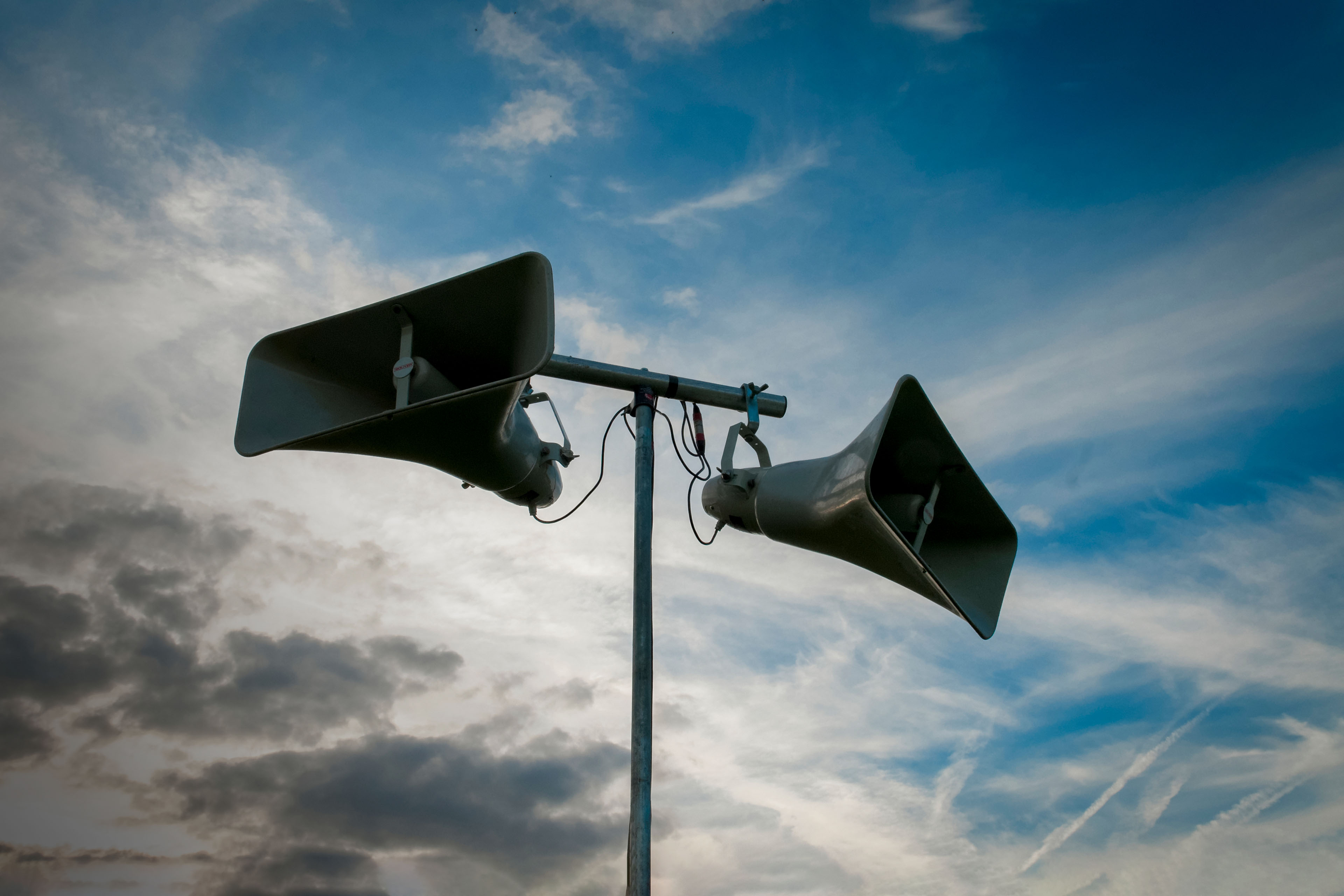EY refers to the global organization, and may refer to one or more, of the member firms of Ernst & Young Global Limited, each of which is a separate legal entity. Ernst & Young Global Limited, a UK company limited by guarantee, does not provide services to clients.
How EY can help
-
Our indirect tax and global trade team can help your business strategically meet its tax obligations and resolve tax controversy. Find out more.
Read more
Fixing the gender gap in trade is slowly gaining traction
The good news is that correcting the global gender gap in trade is beginning to gain traction among policymakers. However, it should also be on the radar for trade functions of businesses. Applying better gender-based data to strategies for businesses and for trade would have significant benefits in identifying barriers to women’s access to markets. Turning a sharper lens on gender issues could also help to scale up women-owned small- and medium-sized enterprises (SMEs), adding long-term value to their organizations.
Governments more frequently address the gender gap in bilateral free-trade agreements (FTAs), in language evolving from aspirational to enforceable. Additionally, more governments now consider the gender impacts of all policies and processes, in a methodology called gender mainstreaming.
Governments have also identified a data deficit as an obstacle to closing the gender gap. When they collect data about businesses, more statisticians are asking gender-specific questions, expecting that more data will lead to better policy.
As more states consider practical steps available to accelerate change, some regions have taken leading roles. In North America, Europe, Latin America and the Caribbean, and sub-Saharan Africa, the overall gender gap is likely to close within 100 years. In sub-Saharan Africa, it will take 102. But in the Middle East and North Africa, Eurasia and Central Asia, East Asia and the Pacific, and South Asia, it will take anywhere from 115 to 189 years, according to the WEF.8
What all these leaders and laggards have in common, however, is that the pace of change is far too slow. If the global community is serious about this goal, the scope of its collective actions must match the scale of the problem.









